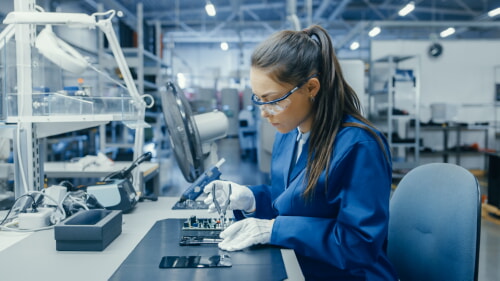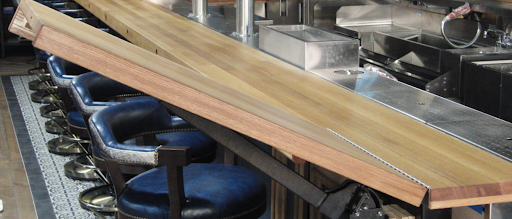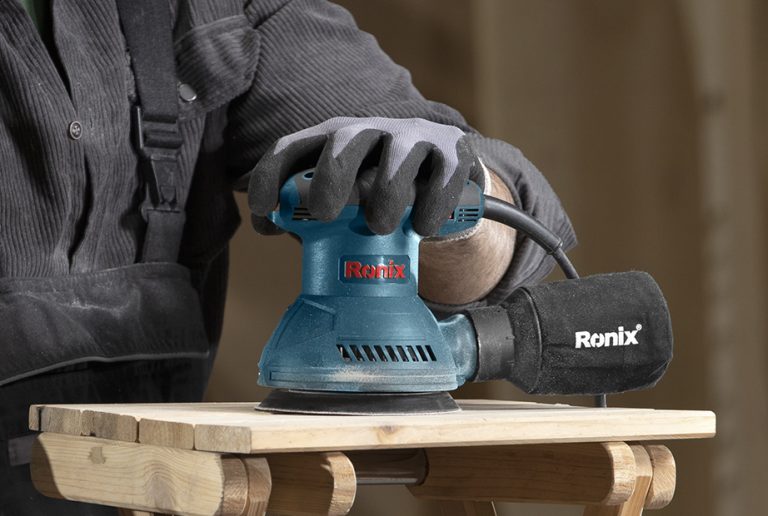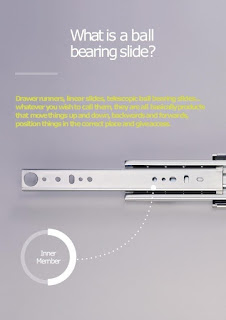Parts Manufacturing Industry
Personal Protective Equipment

Parts Manufacturing Industry
A car has over 30,000 parts, including screws, nuts and bolts. Over time, some of these parts wear out and need to be replaced. Water pumps, air compressors, tires, brake pads, master cylinders – you name it, it eventually wears out. The vehicle manufacturers make replacement parts, as do aftermarket companies.
Three areas demand parts from parts manufacturers, including:
- Original equipment manufacturers manufacture parts for the production of new vehicles. Dealerships, repair shops and individuals can also purchase OEM parts to repair their vehicles. While they are OEM parts, they are actually considered replacement parts. The original equipment manufacturer generally keeps stamped body parts for 10 years before you are forced to use aftermarket parts.
- Replacement parts are OEM parts kept available for those other than the vehicle manufacturer. The parts are the same as the original parts on the vehicle.
- Aftermarket parts are those manufactured by someone other than the original vehicle manufacturer.
Sub-Industries for Parts Manufacturing
The parts industry has several sub-industries which produce several parts. The lists of parts for each sub-industry are only partial lists. Sub-industries include:
- Metal stamping, which produces fenders, body parts, tops, moldings, trims, wheel centers, and hub caps.
- Transmissions and powertrain, which produces axles, gears, clutches, and joints.
- Engine and engine parts industry, which produces crankshafts, gasoline engines, bearings, timing gears, flywheels, and mainfolds.
- Electrical, which produces fuel pumps, automotive lighting, starters, automotive harnesses and ignitions, and windshield wiper systems.
- Seating and interior trim, which produces panels, trims, headliners, and seat belts.
- Brake systems industry, which produces brake drums, brake cylinders, pads, rotors, and shoes.
- Steering components industry, which produces shock absorbers, steering racks, and power steering pumps.
Occupations in the Parts Industry
While the parts industry is part of many other industries, the main industries are assemblers and fabricators, maintenance workers, and material moving workers. Regardless of which industry workers are involved in, they need personal protective equipment to protect them from hazards, including but not limited to:
- Chemical burns.
- Thermal burns.
- Cuts, scrapes, and scratches.
- Puncture wounds.
- Face and eye injuries.
- Hand injuries.
- Flash fires.
Work Activities
Parts manufacturing, including CNC workers, welders and machinists, have several work activities that could be hazardous. Proper personal protective equipment is required for many of these activities. Abolox carries all of the PPE you need to keep safe.
Work activities in the parts manufacturing industry include:
- Assembly: Assembling finished products, using many different tools, assembling parts, and inspecting parts. Gloves that protect your hands from punctures and abrasions minimize injury, as do safety glasses and goggles.
- Extruding metal materials into bars, wires and tubes. Working with hot material requires safety clothing, gloves , and face and eye protection.
- Forging hammers, removing dies, and moving metal workpieces require cut-resistant, puncture-resistant and abrasion-resistant gloves.
- Operating grinding tools and removing excess material require face protection and cut-resistant gloves.
- Installing and adjusting machinery and repairing machinery and equipment.
- Grinding burrs and sharp edges, aligning parts, and inspecting metal workpieces.
- Manipulating parts cut with machines and handling sharp parts.
- Maintaining machinery and assembling parts.
- Moving stock.
- Positioning parts and adjusting bolts.
- Handling molded metal parts and operating casting and core-making machines to mold the metal into parts.
- Operating coating machines to coat metal with protective substances. Working with chemicals requires protection from chemical burns. Coveralls, gloves and face protection are a must.
- Rolling mill operators.
- Tool and die makers, including die casting, assembling machine fixtures, operating machine tools, laying out metal stock, and repairing dies and tools.
- Welders and cutters, including those who use flame-cutting tools, weld components, add material to parts, heat treating metal parts, and filling holes and seams in metal parts. Welders should wear protective welding clothing in addition to welding visors.
This is only a partial list of work activities and safety equipment. When working with hot sparks, chemicals and sharp edges, you should have the appropriate personal protective equipment, plus extra, especially gloves that protect your hands.
Contact Abolox for Personal Protective Equipment
Browse through our site to find the personal protective equipment you need in the parts manufacturing industry. Abolox carries only quality products from known manufacturers. You can order individual pieces or in bulk. If you don’t see what you need, contact us, and we will source it for you.

![[How to] Transform Outdoor Dining Spaces with Counterbalance Hinges](https://fencepliers.top/wp-content/uploads/2023/12/20231218063012-657fe6f439238.jpg)



